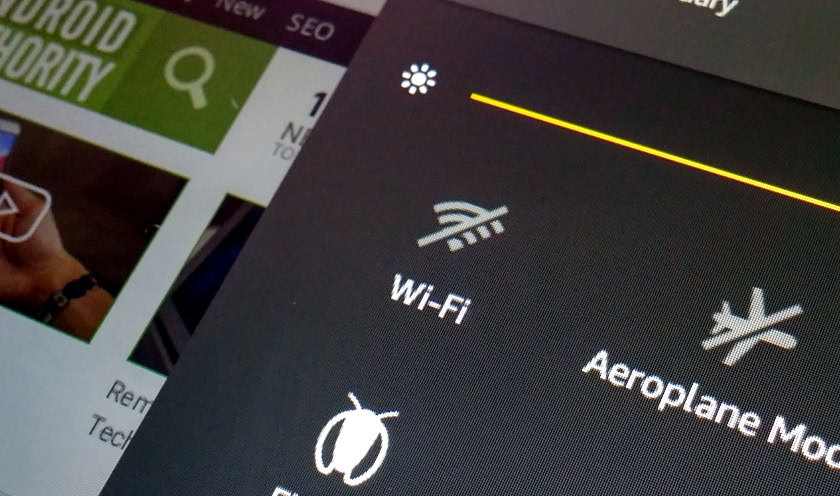Affiliate links on Android Authority may earn us a commission. Learn more.
Smartphone Wi-Fi speeds set to dramatically increase in 2017

Wi-Fi top speeds will be almost twice as fast in 2017, thanks to the implementation of the Wi-Fi Alliance’s WiGig certification program. Upcoming smartphones, laptops and routers that take advantage of the new specification would receive “wired-grade” internet performance, said the Wi-Fi Alliance in a press release.
The technology operates over wider 60 GHz frequency bands with the 802.11ad standard, enabling WiGig devices to “achieve data rates of up to 8 Gbps, allowing users to download an HD movie in a few seconds,” writes the Wi-Fi Alliance. The tech would provide multi-gigabit performance for things like “augmented reality/virtual reality, multimedia streaming, gaming, and networking applications”.
WiGig does require relatively short-range data transmission, however – roughly 33 feet (10 meters) – which means that it’s unlikely to work as effectively on devices in different rooms to the router.
WiGig itself has been around for a couple of years now, but the announcement of the certification program means that manufacturers have a guaranteed way to develop it for their products and get the Wi-Fi Alliance’s seal of approval, paving the way for further device adoption.
Also read:
Consumer products which support the new standard are currently in development but we don’t know which will be the first to arrive. ABI Research, a technology market intelligence company cited by the Wi-Fi Alliance in its press release, suggest that “180 million WiGig chipsets will ship to the smartphone market in 2017″.
Proximity remains a huge barrier in effective Wi-Fi transmission and news of its effective radius will no doubt come as a disappointment to those who dwell on the peripheries of their router’s range.
For everyone else, how excited are you for faster internet, eh? Let us know in the comments.